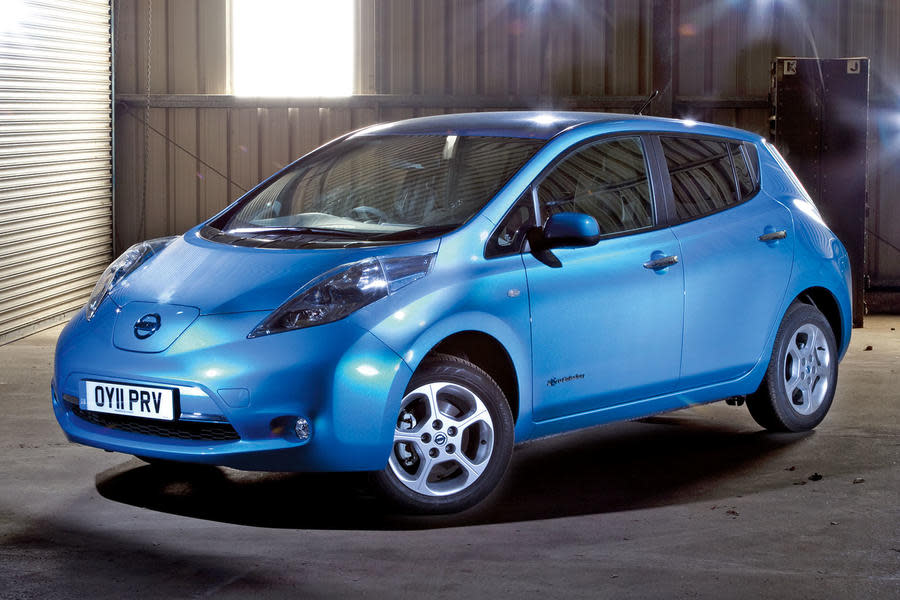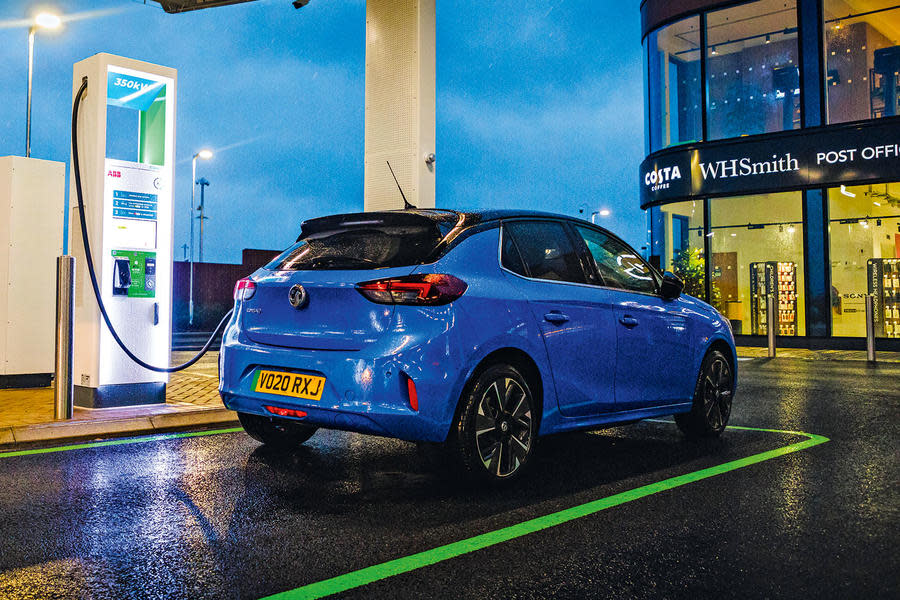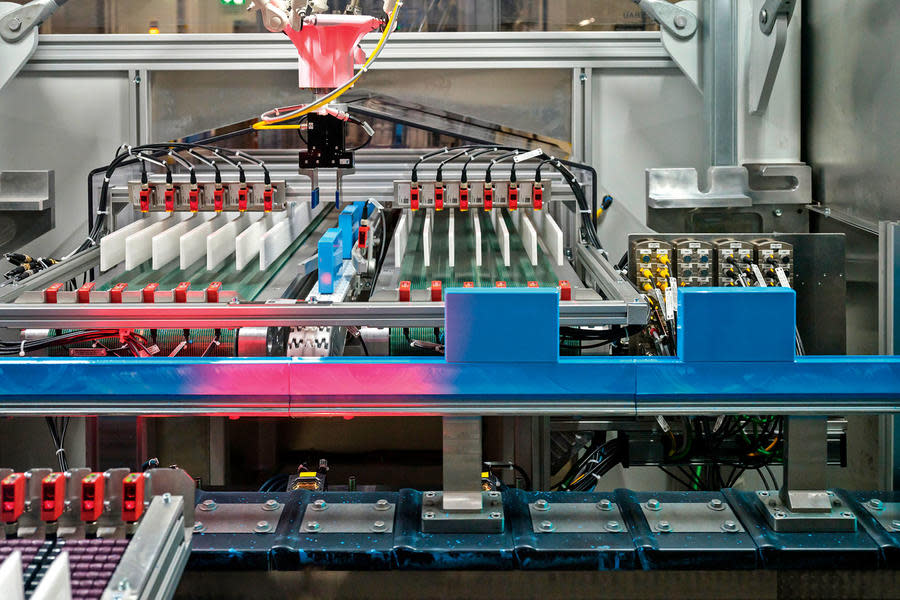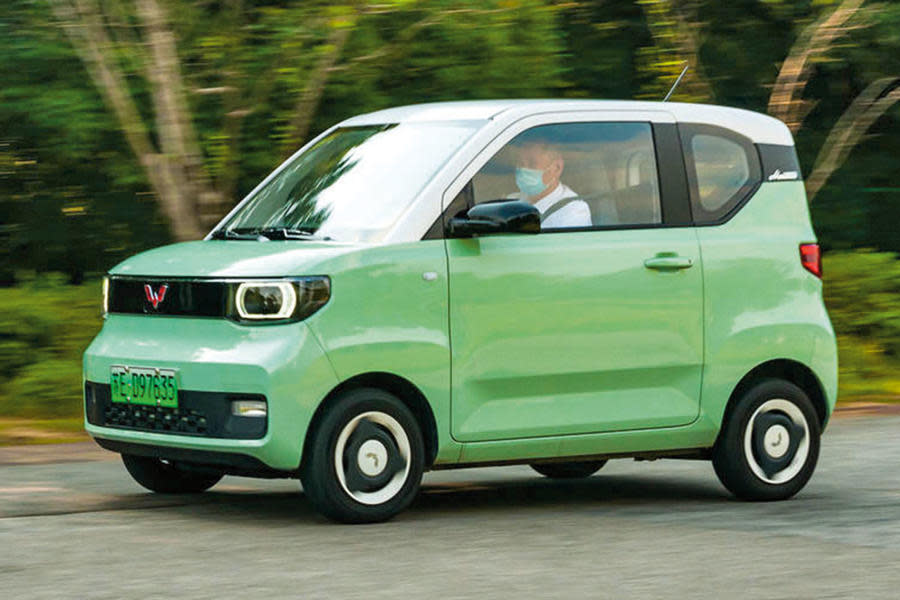How to make electric cars affordable

Autocar's rendition of a cheap electric car has bigger battery cells and back-to-basics design
Ask anyone teetering on the brink of electric car ownership, or just discounting the idea altogether, what’s stopping them from pulling the trigger and the most likely answer is the high retail price.
It’s common knowledge that, almost without exception, EVs have a significantly higher price than their combustion counterparts (especially for EVs with a range of around 250 miles or more) and, for many, it’s too much to ask. So what will it take to make an EV affordable for more people? Is it even possible?
To understand how much something costs to buy, the first step is to know how much it costs to make. Andy Palmer was chief operating officer at Nissan and led the Nissan Leaf launch, having direct responsibility for the company’s electric vehicle and battery business.
“At the point of launch, the cost of goods sold was higher than the manufacturer’s suggested retail price. So it wasn’t just that we weren’t covering our overheads. We weren’t even covering the cost of the materials,” says Palmer.

Back then, Nissan’s loss leader approach to the Leaf EV was a strategic decision similar to that taken by Toyota at the launch of the original Prius hybrid.
The EV, however, has a much bigger battery than a hybrid so Palmer continues with some basic maths: “Batteries have come down from around $1000 [£820] per kWh back then and today I would pitch them at around $150 [£123].
If we assume the thinking of manufacturers is that you need a 60kWh battery, that means the battery pack is costing them $9000 [£7380]. Add to that manufacturers’ overheads and a 15% dealer margin and the cost rises to around $41,500 [£34,000].
So that’s without any profit for the manufacturer and after you’ve come down a 10-year curve from $1000 to $150 per kWh.” Palmer believes the figure will continue to drop, possibly to around $80 (£65) per kWh for a typical high-performance battery, but not for another few years and the rate of descent is slowing.
Autocar recently spoke to Palmer about EV adoption at a live recording of the My Week In Cars podcast.
Another route to the affordable EV is simply to reduce the size of the battery. Fitting a 24kWh battery (the size of the original Leaf’s) at $150 per kWh reduces the cost of putting a car in the market to around $20,000 (£16,400) without the manufacturer losing money, according to Palmer.
He says: “The solution to the affordable EV isn’t waiting for technology maturation, isn’t necessarily playing with chemistry: it’s simply to use a smaller battery. But to have a smaller battery, you need the charging infrastructure and that’s the key.

“A decent charging network, including home chargers, probably constitutes around 15 million charge points and we’re a long way from that at the moment. Unless you get to an effective infrastructure quickly, people won’t naturally move to EVs. People will continue to cite range anxiety and you won’t change that mentality. With a ubiquitous network, people won’t worry so much about range, will know they can always get on a charger, and that’s when you can accept a smaller battery. That’s when you get the transformation.”
Improved battery technology has also a part to play in bringing cost down, says Palmer, and one example is moving to lithium iron phosphate (LFP) from nickel manganese cobalt (NMC).
Other chemistries that have potential further down the line are sodium ion, which is benign and sustainable, semi-solid state and solid state, “but solid state is still a costly route”, warns Palmer. Technical improvements will also help to boost efficiency and lead to smaller batteries.
“The best possible cooling is important,” he adds. “Keeping the temperature between the coolest cell and the hottest cell within points of a degree prevents cell decay. Also integration of the pack and finally electronics. If you bring these things together, you can make batteries more efficient and therefore cheaper. But ultimately, the big move comes by having a widespread network that allows you to have smaller batteries.”
David Greenwood, an advanced propulsion systems expert at the Warwick Manufacturing Group, explains that there’s more to the cost of an EV than just the purchase price.
“When we’re talking about cost, what do we mean? Is it just purchase cost? Is it whole-life cost? Aspects of the vehicles and vehicle design have a bearing on cost but so does charging infrastructure,” says Greenwood. “There’s also the question of whether batteries can be made more cheaply, but that’s the last thing in the chain.”
With EVs, the total cost of ownership is arguably a more significant consideration than for conventional cars, says Greenwood. “For people buying the ‘right’ EV – by which I mean the owner is using the range it’s capable of – the total cost of ownership is not a big issue,” he says.
“If you’re clever about which tariff you get from your provider and store the energy you buy in the car’s battery, then your total cost of ownership is at least as good as it is for a petrol or diesel car. The challenge is the really big upfront cost, but running costs afterwards are pretty low.”
Finance packages such as leasing and PCP help to lessen the impact of the upfront cost, and when combined with the lower ‘fuel’ and servicing costs, adds Greenwood, “overall you should still be winning.

“The key, though, is not to buy an EV with a bigger battery capacity than you need. If you spend a fortune on a car capable of 500 miles and then only drive 10 miles a day, you’re paying for the battery and all the systems but not making the savings on fuel to cover that.
"It does mean the consumer needs to do a bit of homework, more so than a conventional purchase, where we’ve been used to a relatively low upfront cost.” Greenwood also emphasises the importance of charging infrastructure in reducing purchase price.
“One of the reasons we buy EVs with a relatively long range is because the charging infrastructure is not developed to the level it will be by 2030, and also the time it takes to charge,” he says.
“As the charge time comes down, you get less worried about stopping mid-journey to do it. As the charging infrastructure gets more powerful and widespread, I think consumers will become more comfortable about buying a car with a smaller battery and therefore a cheaper car.
"For a lot of suburban vehicles, I think it will be okay to buy a car with a real-world range of 150 miles. According to Department for Transport statistics, that covers 99% of journeys, and for that last 1-2% of trips, you accept you’ll be stopping for a charge en route.”
Greenwood likes the idea of bookable charging slots, paid up front and linked to numberplate recognition to protect the time slot.
“Charge-point manufacturers I’ve spoken to quite like the idea because the ideal number of chargers they need to install is exactly the number required plus one spare,” says Greenwood.
“My message is: the link between charging infrastructure investment and vehicle price is direct, and if you move from a car needing a 300-mile battery to one needing a 150-mile battery, you’re taking around 25% out of the bill of materials for the car.”

The Chinese model of small, lightweight and utilitarian cars for urban use costing less than £5000, although not meeting European regulations, is a concept worth taking note of in the future.
Battery chemistry will continue to evolve, says Greenwood: “Most EVs to date have been aimed at delivering a long range. If you get the infrastructure right, you can package a battery using cheaper lithium iron phosphate and one day we think that will be superseded by sodium ion, which will be a lower cost still.”
Although a way off, sodium ion is more environmentally sound too. As well as sodium being plentiful, the cells don’t need copper or cobalt and the electrolyte is simpler.
What does seem obvious, though, is that the shift to cheaper EVs will take more than technical evolution. The relationship we have with our cars, the choices we make and the way we use them may need to change too.
A simpler design can cut cost by 10%
One crucial aspect in reducing an EV’s cost is in the way cars are designed. Up until now, EV batteries have consisted of a large number of cells, manufactured into modules assembled into a different pack design for each car.
“One manufacturer might make three different designs of module and assemble them into eight different designs of pack to get the economies of scale at module level,” says Warwick Manufacturing Group’s David Greenwood.
As volumes rise, gaining economies of scale at module level is less important and it becomes economic to design cells for a specific car and fit them directly into it using a ‘cell-to-vehicle’ strategy.
This approach will usher in much bigger cells, taking out a layer of the packaging materials needed in a battery, so the cost falls, along with the size and weight.
“Whereas in the early days, batteries from the likes of Tesla contained thousands of small cells, the future will see batteries containing hundreds of much larger cells,” says Greenwood.
Fewer components to make, assemble and manage is less costly, potentially shaving a further 10% from the cost of a battery
]]>

 Yahoo Autos
Yahoo Autos 